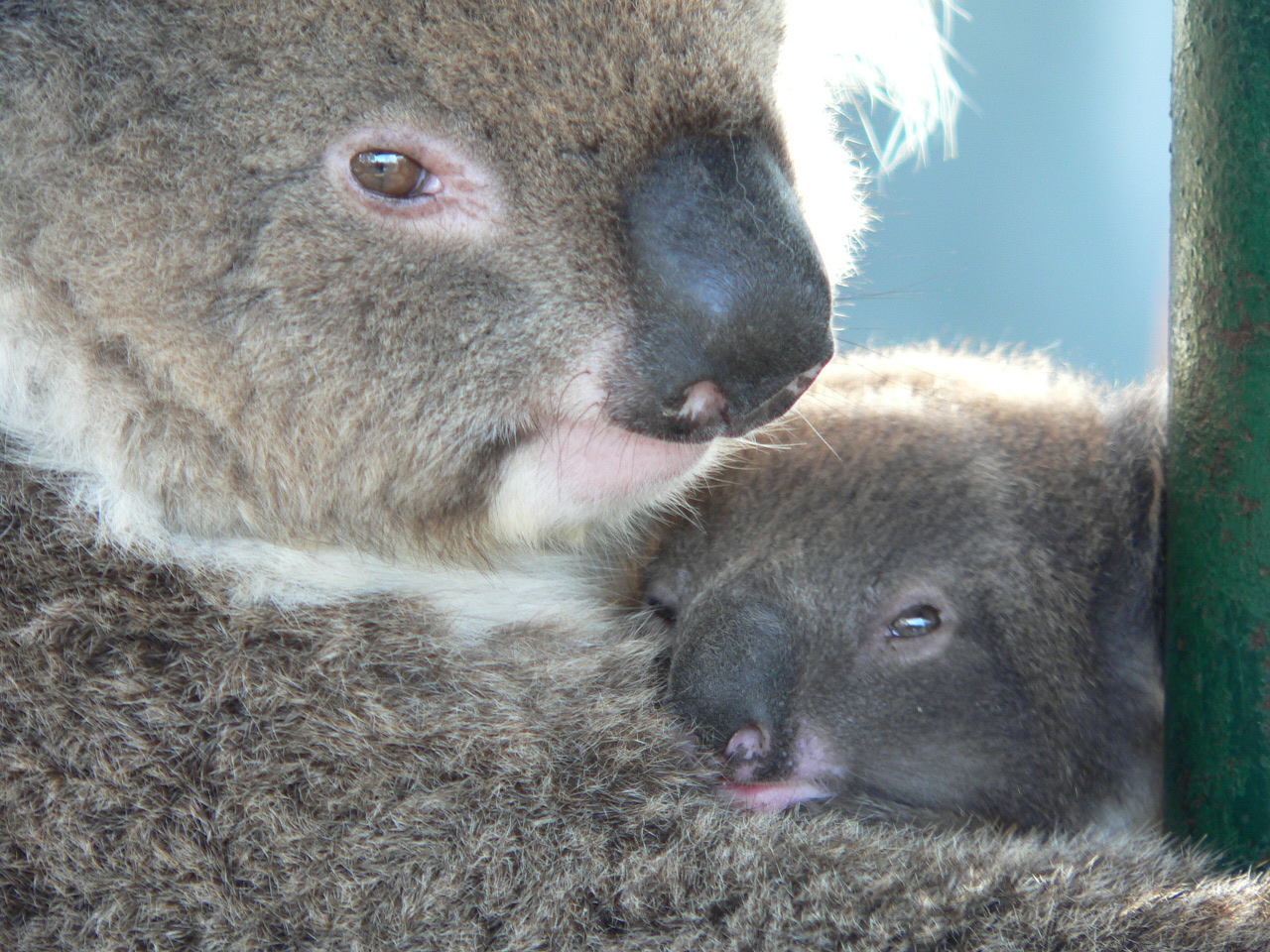Interactions
Koalas have a handful of natural predators, which include wild dogs, goannas, dingoes, predatory birds, and pythons (PBS Nature 2013). They avoid these predators by predominantly staying up in trees, obscured by branches (Grosvenor 1998).
Although koalas have natural predators that
impose a threat, their biggest threat is humans (PBS
Nature 2013). Previously, koalas were hunted by humans for their thick
fur coats. However, in 1930, laws were put in place to prohibit
hunting koalas (PBS Nature 2013). These laws are still in tack today,
but a new and more deleterious threat currently endangers the survival of
koalas. Koalas’ homes are being destroyed by humans (Sotzek 1997).
Because the koala has such a limited diet, the destruction of their habitat
is detrimental to their species’ survival. When eucalyptus trees are
cut, the koala loses it’s home and food supply (Sotzek 1997). Fire has
also destroyed many of the Australian forests that contain eucalyptus trees
(Grosvenor 1998). In addition, Koalas are
killed in traffic collisions (Grosvenor 1998). If interventions don’t take place, koalas are
likely to become endangered. Organizations, like the
Australia Koala
Foundation, are making vast efforts to perverse the koala.
Koalas have some unique interactions with bacteria.
As noted in the nutritional section, koalas require a vast amount of
bacteria in their digestive system in order to break down their toxic and
hard to digest diets (Encyclopedia of Life 2013).
This demonstrates a mutualistic relationship, as the bacteria 




